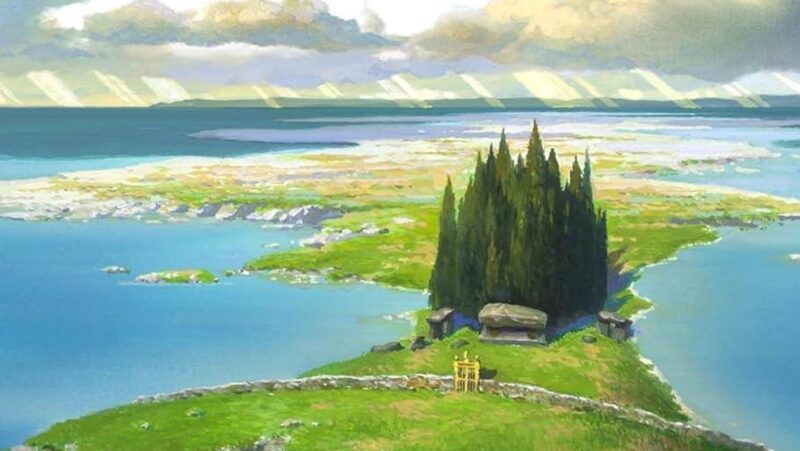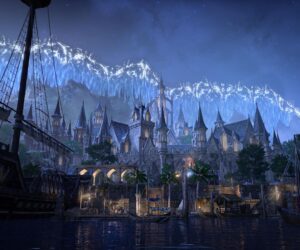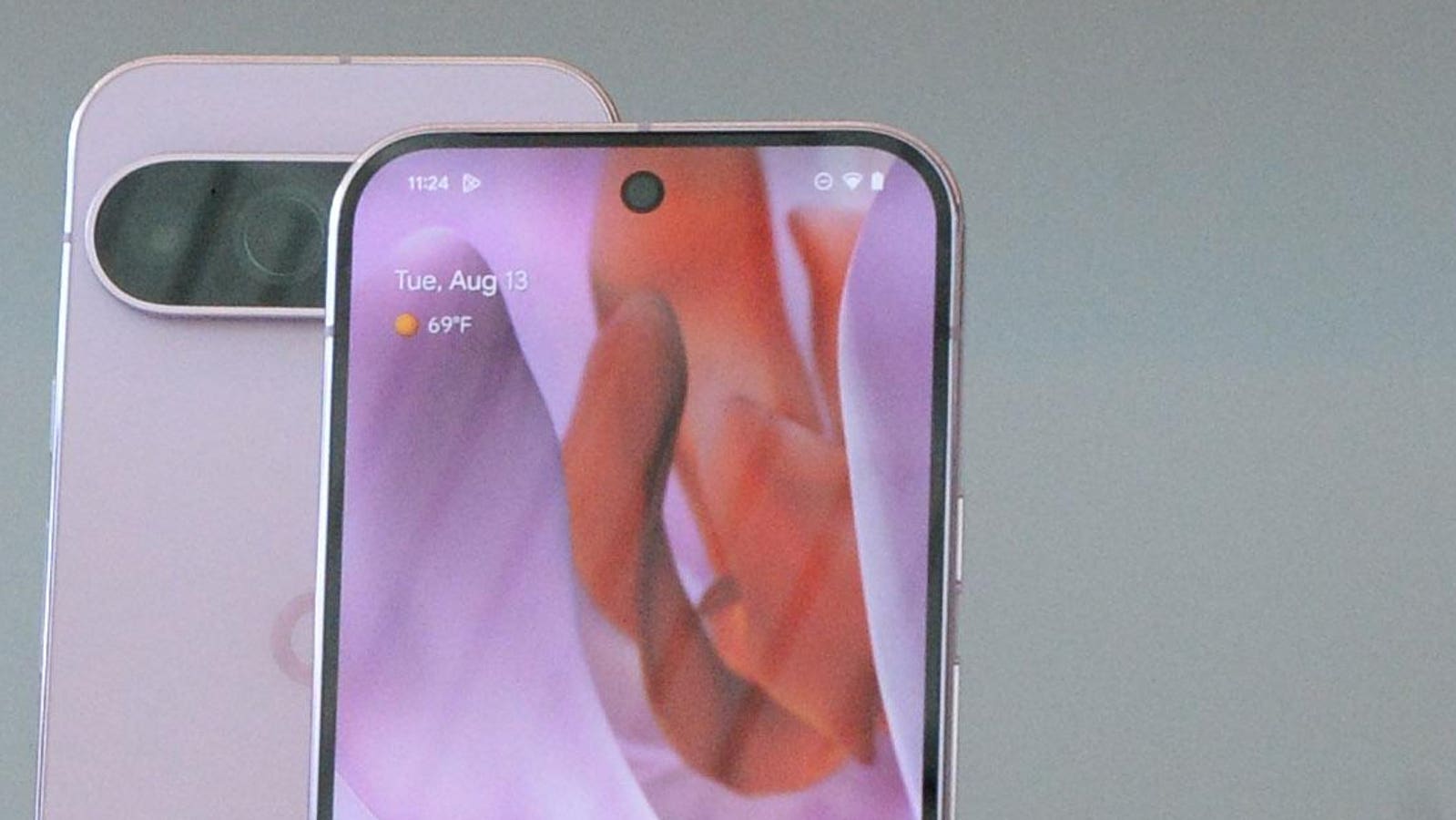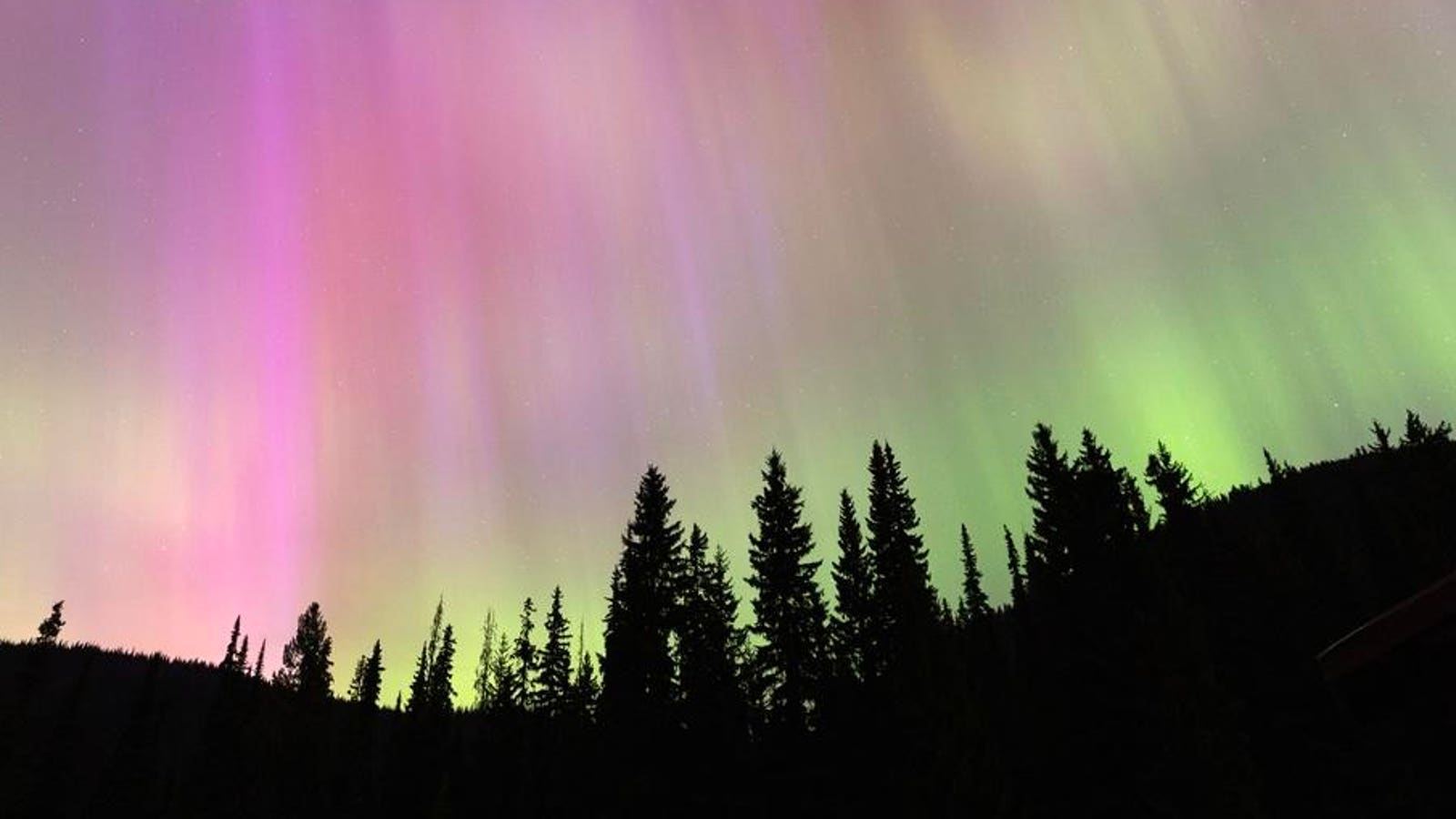There have been many Studio Ghibli-related art books released over the years, but this compilation of background art in one huge volume is something else entirely.
Just to get the numbers out of the way upfront, this book features 844 pieces of art across 566 pages, with an interview with art director Yoji Takeshige at the end. It also covers every Studio Ghibli work from Nausicaä of the Valley of the Wind (1984) to The Boy and the Heron (2023), although technically Nausicaä wasn’t a Studio Ghibli movie. The book even includes artwork for the music video of On Your Mark, so it’s very comprehensive.
All that stuff aside, what this book actually does is show the raw effort and craftsmanship that an army of artists has accomplished across multiple decades of work.
For anyone who’s ever watched a Ghibli anime, you’ll know that the backgrounds are sumptuous in their detail but also very understated artistically. There’s a clear and careful structure throughout each piece that becomes clear on repeated viewings and closer inspection.
This philosophy is also laid out at the start of this very large and extensive book, explaining what goes into building these backgrounds and making the setting feel artistically coherent.
It’s also worth clarifying that this book isn’t just about backgrounds, but also includes cels and other composite elements to make the overall image make sense.
I think this was an entirely necessary thing to do in some specific cases, so even in this book, a great deal of care has been taken to make each of these numerous pieces of art stand out.
This is probably one of the most comprehensive Studio Ghibli art books ever released.
Studio Ghibli, PIE International
For me, I love the older Ghibli films, especially Nausicaä and Laputa. There are some genuinely lovely pieces of art for this too, and like the rest included in the book, they are rendered in beautiful detail.
That’s the other major thing: a lot of the detail is what makes these backgrounds work in the anime, and you tend to see them briefly, but here you can examine each one to see how far the artists have gone in pursuit of their craft.
If I were to level any criticism on this book, it would be that I’d have liked each piece of art to be given the appropriate artist credit. You can see in the post-film credits for each of these anime that a literal army of people made them happen, and considering how intricate this work must have been, it seems a shame not to specify who did what.
Admittedly, there is a breakdown of credits at the back of the book, all in Japanese, but you don’t get a specific credit for each piece of art.
Thankfully, Takeshige is very upfront and magnanimous that these backgrounds and the anime they are from were very much a group endeavor, which is refreshing to see admitted like this.
It’s also worth noting that for the majority of the book, both Japanese and English text is available, which I really wish more Japanese book publishers would adopt.
It also goes without saying that PIE International has really outdone themselves with this release. Their art books are almost always amazing, but this one is genuinely astonishing.
Overall, the Painting the Worlds of Studio Ghibli is a book every artist and fan of Ghibli’s output should own. It’s a heavy and hefty tome, but it needs to be, and the collection of pieces chosen only helps to prove that anime can be genuinely pure in its artistic integrity.
Painting the Worlds of Studio Ghibli is available to buy via Amazon for $129.36.
Disclosure: PIE International sent me this book for the purposes of this review.
Follow me on X, Facebook and YouTube. I also manage Mecha Damashii and am currently featured in the Giant Robots exhibition currently touring Japan.









